The United States has over 250,000 rivers and a total of about 3,500,000 miles of rivers. Of these, there are selected rivers recognized and preserved for possessing outstanding scenic, historical, cultural, geological, wildlife, and recreational values. They are designated National Wild and Scenic Rivers by the U.S Congress for the benefit of present and future generations.
In case you’ve never heard of them, you can find these spectacular water systems within and around our national and state parks – constituting about 208 river segments in 40 different states! With big whitewater, picturesque landscapes, jaw-dropping scenery, canyons, long cascades of falling water, and technical rapids, these wild rivers are a breathtaking network of free-flowing waterways anybody (including experienced rafters and kayakers) would love to get wild on! Here’s a preview to help you get acquainted with the 10 we have selected to highlight:
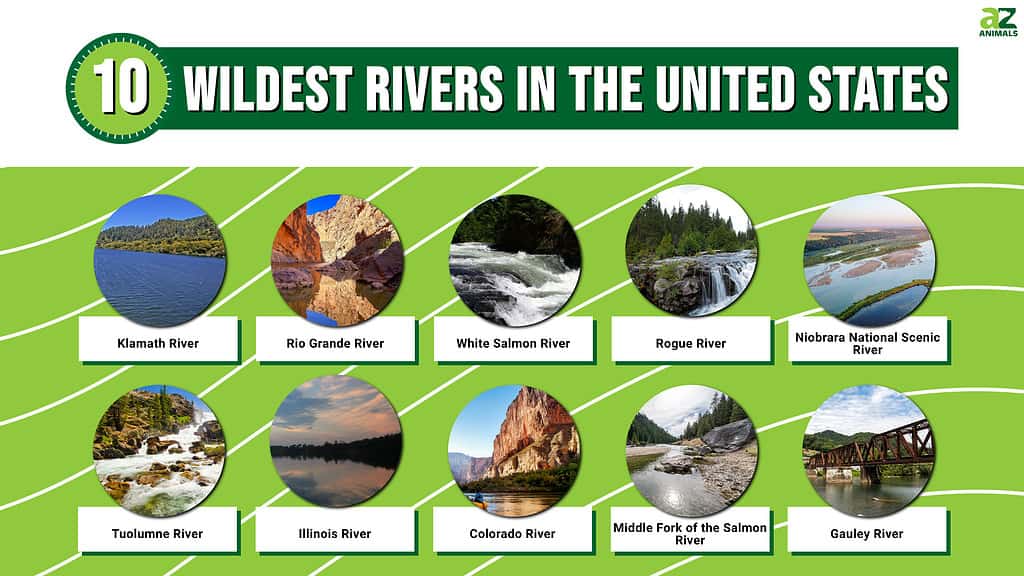
America’s wildest and most scenic rivers offer incredible adventures to visitors from canoeing to kayaking to whitewater rafting to hiking to backpacking and so much more. Find out more about the 10 wildest rivers in the United States that you need to add to your bucket list for extra adrenaline-inducing explorations.
Klamath River, Oregon/California

Klamath River is the second largest river in California.
©randy andy/Shutterstock.com
Flowing 257 miles through Oregon and northern California into the Pacific Ocean, the Klamath River is the second largest river in California. Though the upper basin is used for farming and ranching, most of the lower basin remains wild. This river spouts long stretches of Class I-II whitewater rapids (covering over 100 miles) while some narrower stretches have Class III to IV rapids. This makes it a great place for whitewater rafting, sports fishing, kayaking, and other recreational activities you can enjoy on a trip to the Klamath River.
Rio Grande River, Texas
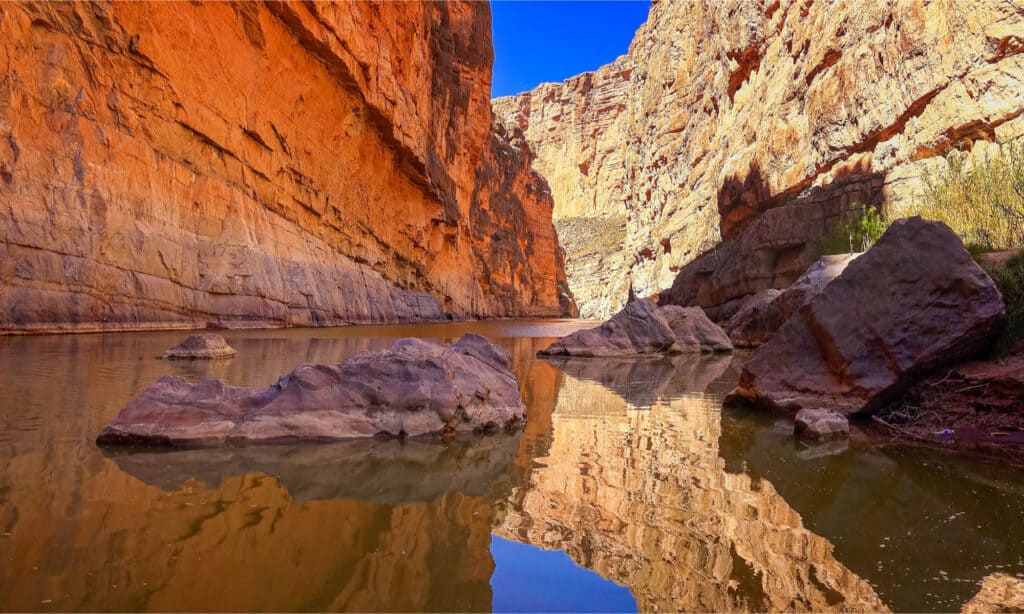
Rio Grande river flows through Santa Elena Canyon in Big Bend National Park.
©CrackerClips Stock Media/Shutterstock.com
The Rio Grande River forms the border between Texas and Mexico. With a total length of nearly 1900 miles, it originates from south-central Colorado, descending across steppes to water-rich agricultural regions as it flows into the Gulf of Mexico. The water of the Rio Grande is dammed for irrigation, supplying more than 850,000 hectares of cropland and its basin produces a significant amount of electricity. This wild river is considered one of the leading industries for agriculture, mining, and recreation in the United States.
White Salmon River, Washington
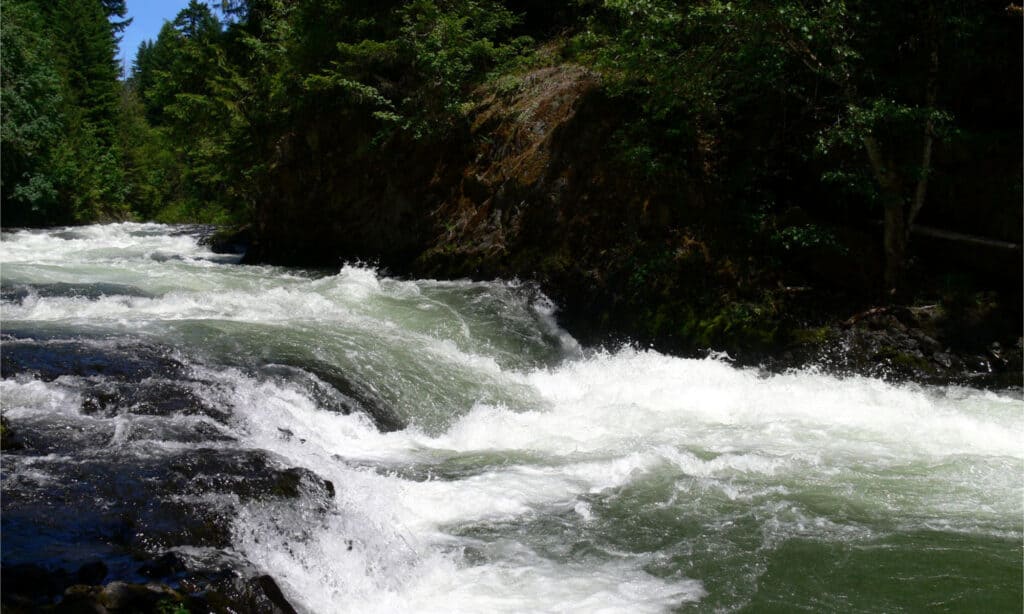
The White Salmon River stretches over a total span of 44 miles.
©Gary Gilardi/Shutterstock.com
The lower stretches of the White Salmon River between Gilmer Creek and Buck Creek were designated as Wild and Scenic before the upper river between the headwaters and the boundary of the Gifford Pinchot National Forest. Stretching over a total span of 44 miles, this river is used for whitewater boating all year round. Visitors are drawn to the clear blue water, continuous rapids, waterfalls, unique fishes, and a vibrant plant ecosystem. The river has class III-IV whitewater rapids which may sometimes abruptly drop to about 50 feet per mile – a challenge to even boaters with very advanced skills.
Rogue River, Oregon
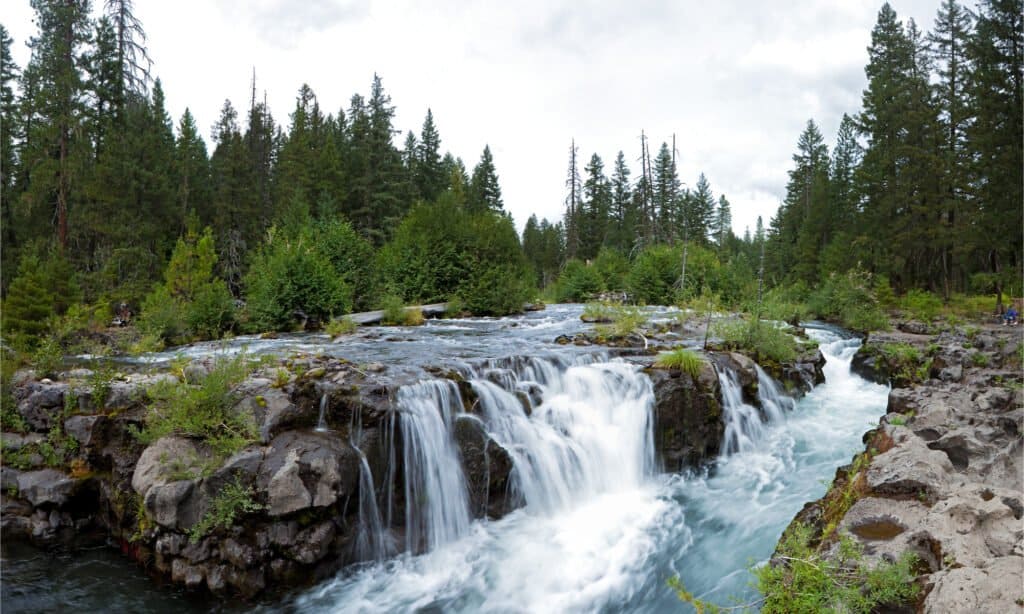
Rogue River runs about 215 miles.
©LHBLLC/Shutterstock.com
One of the original eight rivers to receive a designation in the Wild and Scenic Rivers Act of 1968 is the Rogue River located in southwestern Oregon. This river runs about 215 miles, flowing westwards from the Cascade Range into the Pacific Ocean at Gold Beach. People have inhabited the shores of the Rogue River and its tributaries for at least 8,500 years. Flowing largely through forests, (including national forests) and with high biodiversity, you will find many public parks, hiking trails, and campgrounds near the Rogue River. Most of the basin is dominated by temperate and coniferous forests and many plant and animal species. This wild and scenic river is a destination you’re sure to enjoy its rugged scenery, salmon runs, and exhilarating whitewater rafting.
Niobrara National Scenic River, Nebraska
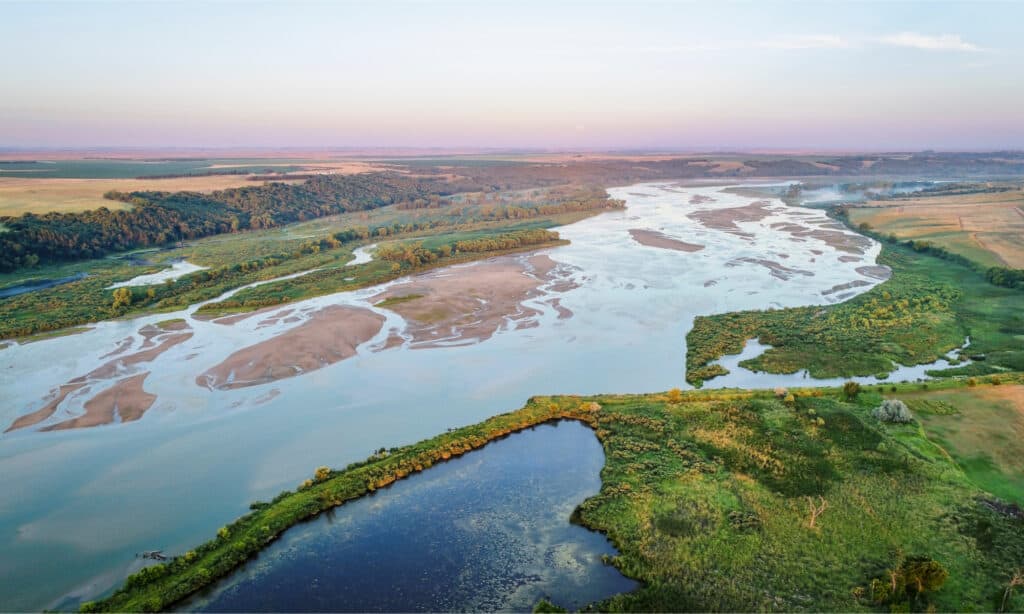
Niobrara National Scenic River receives around 75,000 visitors annually.
©marekuliasz/Shutterstock.com
Located In North-central Nebraska, United States, the Niobrara is 568 miles long and home to over 500 plant species and receives around 75,000 visitors annually. Numerous waterfalls dotting the Niobrara National Scenic River empty into the river from the surrounding cliff and canyon walls. This river was designated by the U.S government to be protected for its scenery, fish, wildlife, fossil resources, geology, and recreational values. Public access is available year-round to some parts of the river, offering remarkable canoeing, kayaking, and inner-tubing opportunities on Class I and II whitewater rapids.
Tuolumne River, California

Tuolumne River is famous for its classic whitewater runs.
©Robert Bohrer/Shutterstock.com
Originating at over 8,009 feet above sea level in Yosemite National Park, the Tuolumne River runs for 149 miles from high in the Sierra Nevada through central California to join the San Joaquin River in the Central Valley. Five outstandingly remarkable features of the Tuolumne River are: rich cultural and historical landscapes, fisheries and wildlife habitat, geologic varieties, recreational opportunities, and scenic views. This river is popularly known for its classic whitewater runs and fine boating experiences. In fact, over a million recreational visitors tour the park’s protected wilderness areas and the difficult whitewater on the Main Tuolumne and Cherry Creek.
Illinois River, Oregon
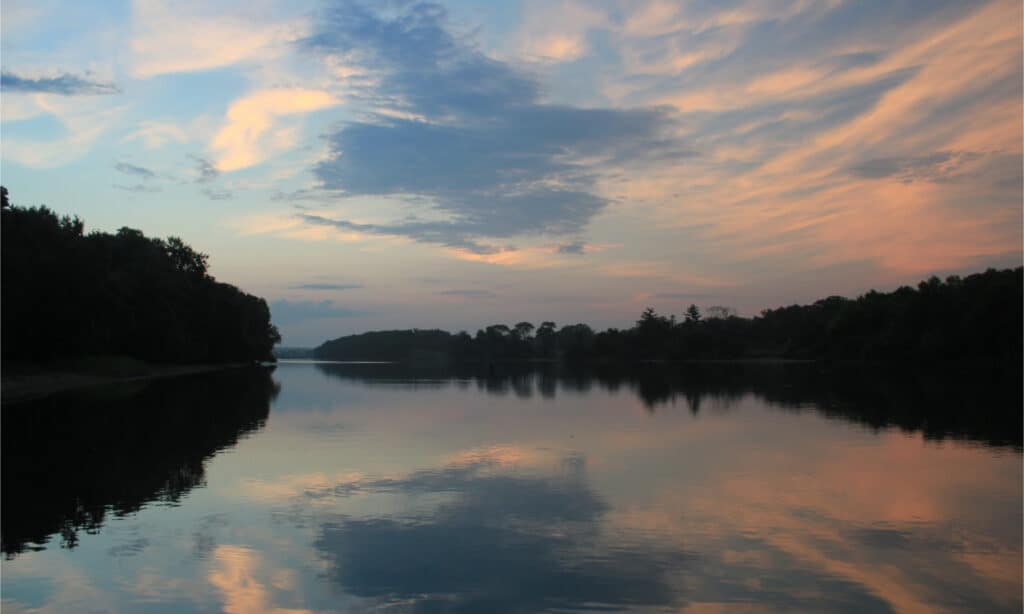
The Illinois River is around 56 miles long.
©sallystap/Shutterstock.com
Located in Curry County, Oregon, the Illinois River is a tributary of the Rogue River in Oregon. It is about 56 miles (90km) long, draining part of the Klamath Mountains in northern California and southwestern Oregon. This river is well known by lovers of rafting and kayaking because it offers great whitewater, amazing scenery, rich biodiversity, abundant fishes, and plenty of fascinating recreational activities for campers. However, taking a trip to the Wild sections of the Illinois river (Briggs Creek and Nancy Creek) requires a permit from the U.S Forest Service. This wild section features highly technical class IV to IV + whitewater rapids – which is why the Illinois River is popularly considered to be “a wilderness river that tests both the skill and strength of boaters.” You’ll want to be careful around the river if you’re not very experienced.
Colorado River, Arizona
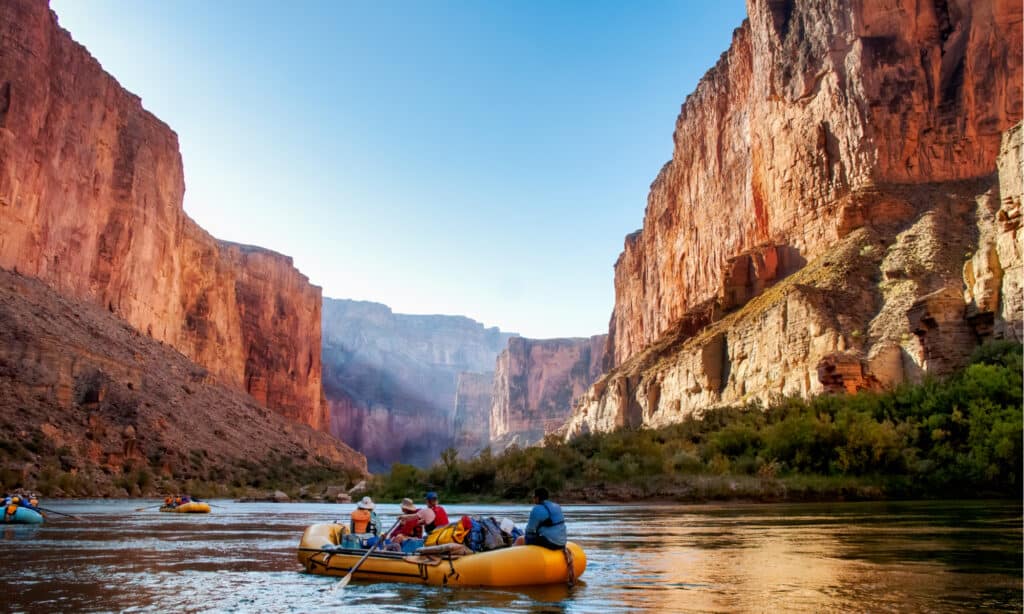
The Colorado River drains an extensive watershed over seven states in the U.S.
©Jim Mallouk/Shutterstock.com
With a length of 1,450 miles (2,330km), the Colorado River and its tributaries are a vital source of water for 40 million people. It is one of the principal rivers in the southwestern United States and northern Mexico, draining an extensive watershed over seven U.S. states and two Mexican states. The Colorado River is known for its grand canyons, whitewater rapids, national forests, and state parks. There are eleven U.S. National Parks affiliated with the Colorado River making this one of the most desirable whitewater wild and scenic rivers for recreational opportunities such as boating, fishing, hiking, rafting, skiing, and backpacking.
Middle Fork of the Salmon River, Idaho
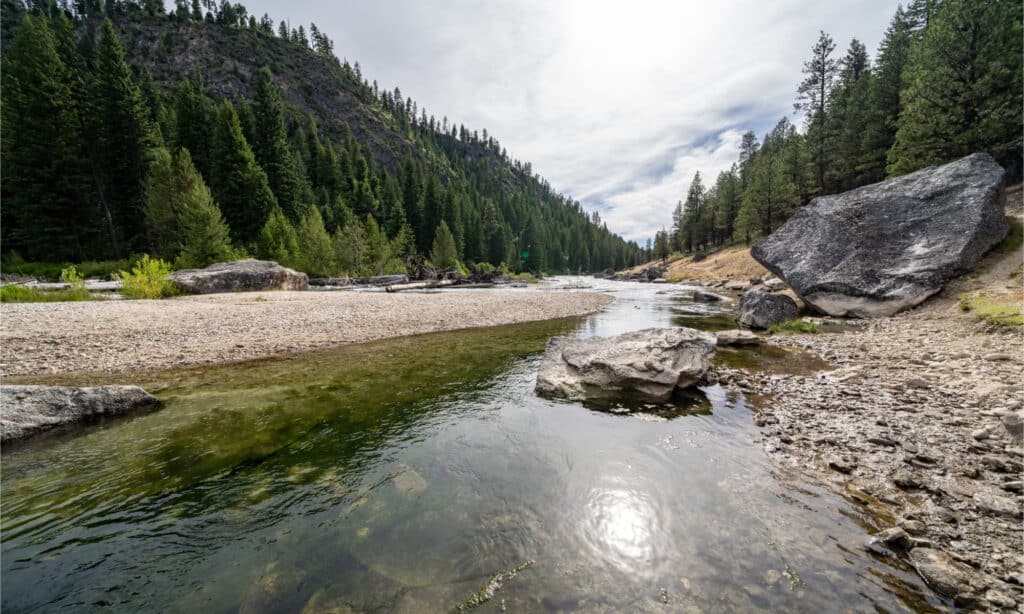
The Middle Fork River flows through 2,500 square miles of the Salmon River Mountains.
©melissamn/Shutterstock.com
Located in Central Idaho in the northwestern United States lies this 104-mile-long river that sits in the Frank Church-River of No Return Wilderness Area. Designated as “Wild & Scenic,” this river flows through one of the largest protected roadless wilderness areas in the lower 48 states. The Middle Fork River has over a hundred tributaries and it flows through 2,500 square miles of the rugged Salmon River Mountains whose peak reaches 10,000 feet. Because of its heavy whitewater, the Middle Fork of the Salmon River has become an exceptionally popular destination spot for whitewater rafting and kayaking adventures. It is home to amazing waterfalls, wildlife, six natural hot springs, and three hundred Class III+ to Class IV rapids (except the Dagger Falls with Class V), enough to leave you breathless.
Gauley River, West Virginia
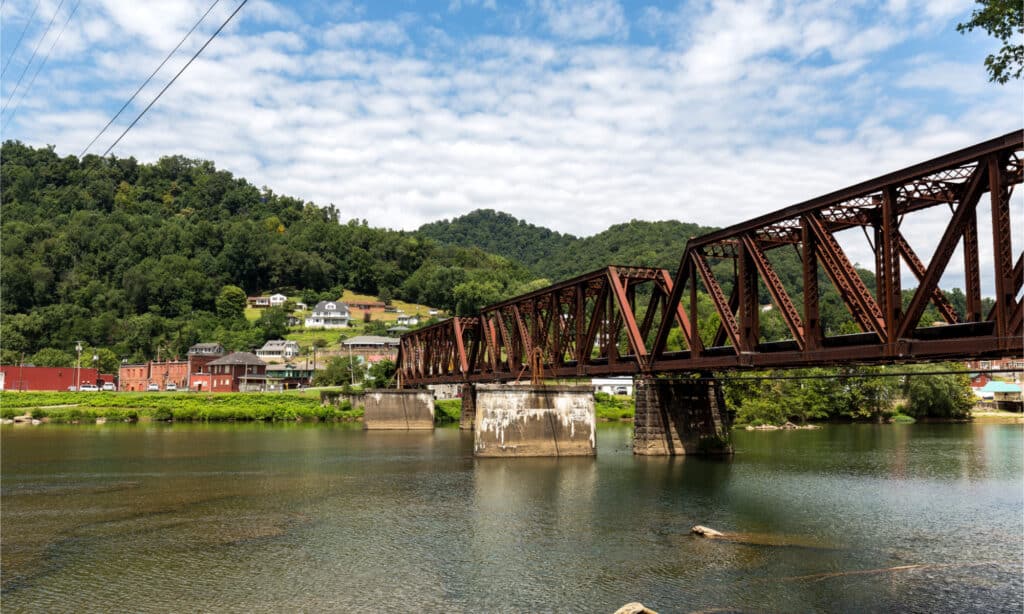
Gauley River features numerous recreational whitewater areas.
©David Harmantas/Shutterstock.com
With all the beautiful scenery, expansive whitewater areas, and over 100 technical Class III-V rapids, the Gauley River in West Virginia offers the ultimate whitewater rafting experience to all visitors. This river rises in the Monongahela National Forest on Gauley Mountain in Pocahontas County and features numerous recreational whitewater areas including those in the Gauley River National Recreation Area. You can visit the Gauley River year-round for recreational boating but it is run commercially from spring to fall.
Summary of the 10 Wildest Rivers in the United States:
| Name | Length in Miles | Location |
|---|---|---|
| Klamath River | 257 | Oregon and Northern California |
| Rio Grande River | 1896 | South Central Colorado to the Gulf of Mexico |
| White Salmon River | 44 | Washington |
| Rogue River | 215 | Southwest Oregon |
| Niobrara River | 568 | North Central Nebraska |
| Tuolumne River | 149 | California |
| Illinois River | 56 | Northern California and Southwest Oregon |
| Colorado River | 1450 | Arizona |
| Middle Fork of the Salmon River | 104 | Central Idaho |
| Gauley River | 105 | West Virginia |
The photo featured at the top of this post is © LHBLLC/Shutterstock.com
Thank you for reading! Have some feedback for us? Contact the AZ Animals editorial team.






